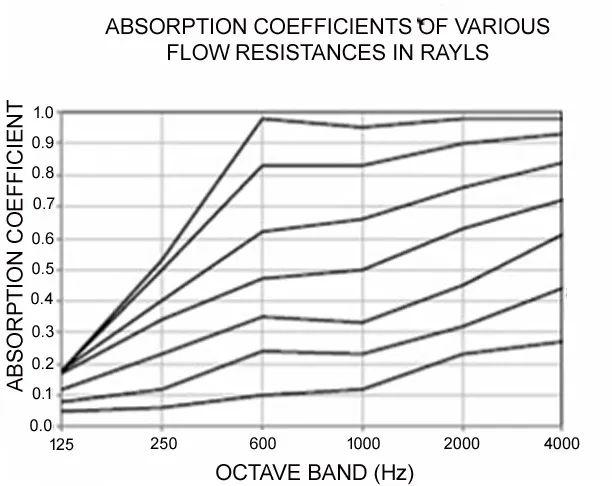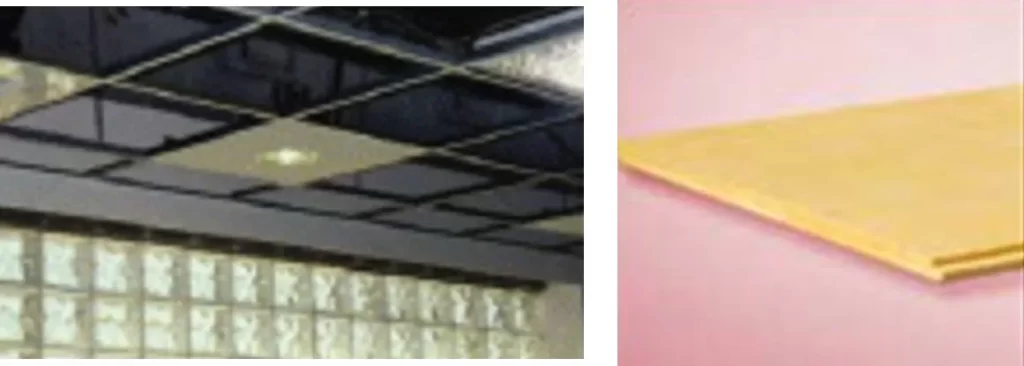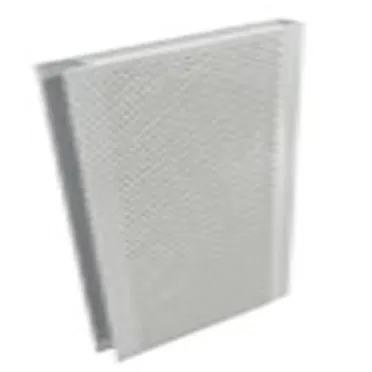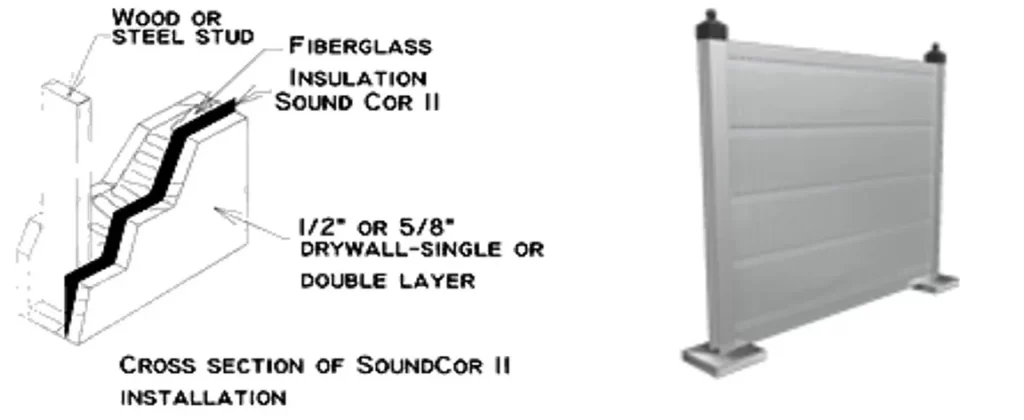If you want to know about the site analysis or principle of daylighting design or acoustics in cinema, please click the link.
The acoustics of large spaces can be quite different from smaller spaces, due to the increased size and complexity of the environment. Large spaces such as concert halls, theaters, and auditoriums present unique challenges in terms of sound reflection, absorption, and diffusion
1) Room acoustics of large spaces
i) Large rooms include (Introduction)
Areas greater than 300 m³
- Large studios
- Rehearsal rooms
- Worship spaces
- Recital and concert halls
- Theatres

ii) Goals
a. Reverberance
The perception of reverberance is heard in two forms
- Liveliness (Running liveliness) – The sense of a persistence of sound as heard during ongoing speech or music.
- Reverberation (Decay, lingering) – The perceived lingering of sound following the cessation of music.

b. Communication
– Musicians on stage
– Musicians in pit
c. Feedback
d. Freedom from abnormalities
ii) Creating envelopment
- Sound reflections from side walls.
- Sound reflections from rear walls

- Proper rake/arrangement of audience seating areas
- Begins with proper theatre planning (not “applied” acoustics)
iii) Creating proper timbre
Low pitch sound
Add warmth by conserving and reflecting low-pitched sound
- Massive walls
- Large surface

Mid/high pitch sound
– Porosity of materials
- Flow resistance
- Thickness
– Room volume, relative humidity of air
2) Acoustics of houses
i) Introduction
- Though the importance of proper acoustics at one’s residence is not usually taken into account while building a house, but it plays an important role in our day to day life.

ii) Bedroom and bathroom
- Nowhere is the need for peace and quiet more than the bedroom. The main aim is to block out unwanted noise from outside the room,

- Showers, whirlpools, hair dryers, running faucets, flushing toilets. The bathroom is one of the loudest rooms in the house. Since tile and porcelain do not absorb sound.
iii) Family room and office
- The family room is usually the heart of any home. It’s the room where everyone gathers. Basically, it’s where family memories are made. It’s also a room that can be bombarded by numerous noise sources from inside and outside the home.

- When you’re tired of the daily commute, working out of your home can certainly sound enticing. To create an environment conducive for quiet concentration, keep interference from outside noise to a minimum.
iv) Hvac ducts
- Air ducts carry noise through the home. Plus, metal ducts have an annoying tendency to “pop” and “ping” – sounds which are also perfectly transmitted throughout the duct system.

- For new construction, use fiberglas duct liner board and fiber glass duct board to help absorb noise and significantly reduce sound transmission through your duct system. For existing metal ducts, acoustic duct liner and softr fiber glass all-service duct wrap can be used
v) Floors, ceilings and walls
- Noise can travel well through ceilings and floors. For noise control purposes, ceilings and floors are treated in much the same manner as interior walls.

- Most household noise is transmitted by sound waves vibrating in the air and through solids. Standard interior walls do little to disrupt the flow of noise from room to room.
- Properly insulating exterior walls helps to keep unwanted outdoor noise like traffic from disrupting your home.
vi) Noise reduction techniques
- Sound travels easily through air, so don’t leave walls hollow.
- Caulk around the perimeter of drywall panels, plumbing fixtures, pipes, windows and wall plates with acoustic sealants
- Avoid locating electrical outlets or switches back to back

- Plan interior layouts to stagger doorways.
- Use solid-core doors with threshold and seals for rooms requiring privacy.
vii) Doors
- To cut down on room-to-room noise transmission, use solid-core doors instead of hollow-core doors.
- Install doorjambs plumb, straight and true. Minimize the gap between the bottom door rail and the threshold or floor. Fill the rough opening gap around the doorjamb with insulation and carefully caulk the doorframe in place with acoustic sealant to prevent air and sound leaks

- Make sure that door casings are installed flush and tight to the doorframe and to the perimeter wall
- Check doorstops to make sure they are set evenly around the doorjamb. When the door is closed, make sure that the door and stop form a tight seam.
viii) Windows
- To block outdoor noise, use double-glazed or triple-glazed windows with at least ½-inch air space between the glazings. Non-operable windows typically provide better acoustical performance than operable windows such as casement or awning windows.

- Be sure to install window jambs plumb, straight and true. Fill the rough opening gap around the window jamb with fiber glass insulation and carefully caulk the window frame in place to prevent air and sound leaks. Make sure that window casings are installed flush and tight to the window frame and to the perimeter wall.
3) Acoustic innovations / products
i) Introduction
- Many materials available today can be used effectively to hinder sound reverberations. Using acoustically appropriate wall assemblies and interior surface materials can minimize sound propagation by reducing reverberation & decibel levels.

ii) Acoustical foam
- Acoustical foam is most commonly used for sound absorption in areas that do not have aesthetic consideration, i.E.; Wall enclosures, entertainment units, behind theater screens.

- The unique shaped designs are manufactured to increase the surface area and distribute sound waves over a broad amount of material. The cellular structure of the foam allows the sound to be ‘trapped’ and dissipated within the foam.
Acoustical foam facts
- Available in 2 inch and 4 inch thickness
- Standard size: 2 ft x 4 ft sheets
- Available in standard gray color
- Mount to any surface with adhesive
- Dimensionally stable
- Easily cut or trimmed to any size
ii) Acoustic panels
- The necessary correction of most acoustical problems are our upholstered soundboard harmony panels. Utilizing 7lb. Ft³ fiberglass, our panels are the perfect solution in any room.

- Chemically hardened edges are available in square, bevel, miter and radius for a “tailored” look. Edges become part of the panel, so they will not ‘show’ through the fabric like other edge materials, such as wood or plastic extrusions.
iii) Barrier materials
- To effectively stop the energy and volume of sound created in the home theater from impacting other rooms in the house, the most common solution was double drywall. While effective, this layering of identical materials creates very little sound rejection at certain frequencies.

- Over the years, many materials have been used to decrease this transfer, but the best is found to be loaded vinyl barrier.
- It is designed to maximize the transfer of the energy by minimizing the resonance of surfaces.
iv) Diffusors
- Rooms that are too live or too dead will impact the overall sonic experience. Acoustic innovations diffusors break up and distribute sound waves to give your room a more ‘open’ sound.
- Diffusion creates a scattering of sound waves to create openness in the acoustic space, thus creating a more natural sound. Diffusion is highly recommended around surround sound speakers to create a non-directional ‘pool’ of sound

Diffusor facts
- Randomizing and cylindrical diffusors
- 5 models available
- Fabricated from high impact thermoplastic
- Back cavities can be filled with acoustical materials for lower frequency control
- Latex paintable
- Available in white or black finish
v) Isobloc isolators
- Transferring and controlling energy in a room is a big challenge. Isobloc isolators are used to decouple the floor or riser in a home theater from the concrete slab or conventional flooring of the room
- Enhancing the transfer of energy into the seats

vi) Maestro panels
- Maestro panels are the solution for combining sound control and decorative accents in your home theater or media room.
- When properly located they offer a substantial sound correction benefit, resulting in proper soundstage localization, increased audio clarity and visual enhancement.

- When placed at a speakers’ first reflection points; typically the sidewall boundaries and rear wall behind the main listening position, they will decrease reflected sound, which cause a blurring of the sound image and lack of intelligibility. The maestro panels will also reduce the overall sound volume in the room.
- The maestro panels are available in 3 standard sizes: 2’x5′, 3’x5′ and 4’x6′.
Overall, the acoustics of large spaces are a complex and important aspect of the design and operation of performance venues. By understanding the unique challenges posed by these environments, acousticians can work to create optimal acoustic conditions for performers and audiences alike.